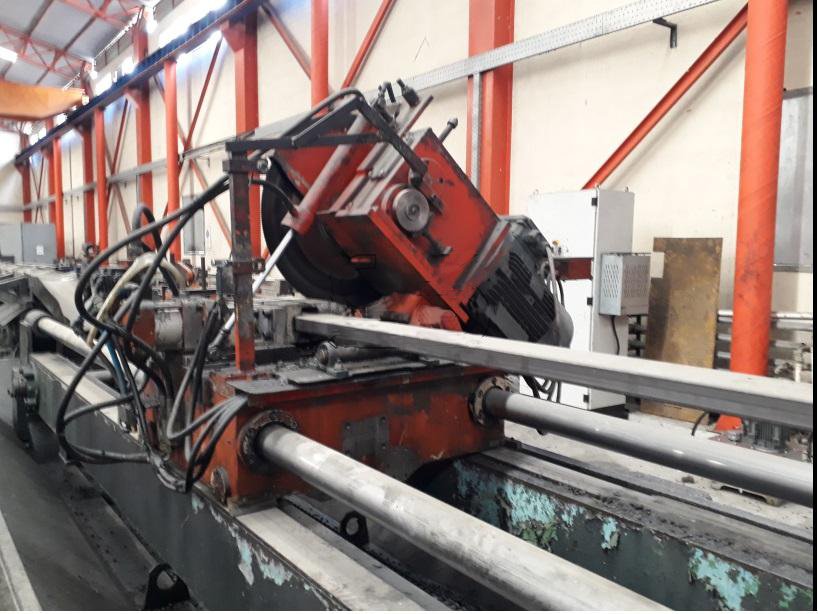Profile production methods

A profile refers to hollow steel pieces that are manufactured in shapes such as square, circle, rectangle, and box from steel sheets. Join us in this article to learn about the production methods of steel profiles
A profile refers to hollow steel pieces that are manufactured in shapes such as square, circle, rectangle, and box from steel sheets. Join us in this article to learn about the production methods of steel profiles.
Types of Profiles and Their Production Methods
:Structural Profiles-
Structural profiles come in various shapes, which we will explain below
- :Hot Rolling-
This profile is box-shaped and is produced by hot rolling steel billets
- :Cold Rolling-
This profile is created by shaping steel sheets
- :Composite-
Composite profiles are made by integrating both hot rolling and cold rolling processes
In reality, the main work of a profile and pipe manufacturing plant is to convert steel sheets, or as they are also called coils, using the cold rolling method into end products in diverse sizes .and shapes
:Industrial Profiles
.Industrial profiles are used in large industries such as automotive and defense. These industries primarily utilize square or rectangular box models
:Types of Profiles and Their Manufacturing Process
Standard for Producing Steel Profiles
The sheets from which the profiles are made must meet standards such as ST37.2, JIS3131, or G3132. These sheets must also contain specific chemical compositions, such as a carbon content of 0.1 to 0.3, silicon 0.35, sulfur 0.04, and phosphorus 0.04. However, these standards are not always the same and may change according to the needs of the consumer. Steel sheets with the aforementioned compositions are taken to specific sections in the factory for the production process.
The process of creating a steel profile involves placing the steel sheets into a cutting machine, where strips of specified width are cut. Depending on the shape and size of the profile and the final product. required by the factory, the cutting can be done using semi-automatic or fully-automatic machines
A steel sheet cutting machine consists of various components, including: the sheet section, coil holder, opening system, steel sheet rolls, coil storage sections, sheet flatteners, guillotine, coil guiding pulleys, corner control system for better adjustments, sheet feeding rollers, dividers for cutting strips, holding devices, and a collection belt.
After placing the steel sheet (coil) on the coil holder (which has a rotary motion), the head of the coil is opened and placed under the straightening rollers, causing the sheet (coil) to become flat and smooth.
In the next stages, the product passes through the guillotine (automatic saw or cutting machine), the accelerator, and the discharge table, resulting in the formation of steel profiles or boxes. The dimensions of the produced steel profile and box vary according to the specific applications, with different sizes and thicknesses. The thickness of the profile starts from 0.5 millimeters and above, adhering to standards. A thickness of 0.5 mm is used in light industries, 2 to 3 mm in construction, and 4 mm and above in heavy industries.
:Production of Steel Profiles from Steel Sheets
Method of Producing Box Profiles
The method of producing metal boxes or box profiles depends on the raw material. These boxes are categorized into iron, stainless steel, and aluminum types. The most commonly used box profile is made of iron, which is utilized in various industries such as construction, doors, and windows
Initially, rolls of steel sheets are cut into strips of specified width using a cutting machine. The strips are then fed into a forming machine, where they are pressed into a tubular shape and welded together. Finally, they pass through sizing rollers to take on the shape of a box.
The sheets used for producing box profiles start as coils. These coils must be cut using automatic or semi-automatic machines before being prepared for final production
User Comments